|
By Kaleb Baker
Amur honeysuckle (Lonicera maackii) is an invasive shrub that flourishes along forest edges and in open woodlands such as those at Nachusa Grasslands. Amur honeysuckle shades out native flora with its early leaf-out and prolonged leaf retention, and when left uncontrolled, can produce a near monoculture, threatening biodiversity.
Land stewards everywhere have implemented a variety of different eradication methods, including hand pulling, cut-and-treat with herbicide, foliar-applied herbicide from backpacks or helicopters, basal bark herbicide treatments, and prescribed fire. Continuous treatments and monitoring are needed to eradicate Amur honeysuckle, making the cost, effort, and time requirements of controls important.
Knowing the efforts we go through to manage honeysuckle, as well as the amount of conjecture surrounding the best practices, I worked with my advisor Dr. Nick Barber to study how effective basal bark treatments and prescribed fire are at controlling honeysuckle., I decided to study how effective basal bark treatments and prescribed fire are at controlling honeysuckle. Basal bark and fire are regularly-used control methods at Nachusa. Basal bark treatments involved spraying a 20% solution of triclopyr herbicide around each plant’s base from a backpack, which was both quick and easy. In this study I included 800 individually-marked Amur honeysuckle at 5 different sites within Nachusa Grasslands and Franklin Creek State Natural Area. Basal bark treatments were applied in fall 2017, winter 2018, early spring 2018, and late spring 2018 to see if the season of application affected the mortality of honeysuckle or the extent of damage to non-target flora. Prescribed fire was administered to half of each of the 5 sites in spring 2018. I then checked mortality in the early fall of 2018 to allow the honeysuckle time to either drop its leaves and regrow them (falsely dead) or to retain its leaves for an extended period of time before dying (falsely alive).
I found that basal bark applications were equally effective at killing Amur honeysuckle, regardless of treatment timing. The combined mortality rate of herbicide treatments was 98.4% across all herbicide treatment seasons, compared to a 2.5% mortality with no basal bark treatment. Prescribed fire did not impact mortality positively or negatively.
I also placed a 1m2 quadrat around 200 Amur honeysuckle to measure off-target damage to the plant community in spring 2018, finding a decrease of living cover equating to about a 10-inch radius. The off-target “ring of death” did not differ based on fire treatment or basal bark season.
I was lucky to receive a grant from the Friends of Nachusa Grasslands where I will be able to return in May 2019 to resample the off-target vegetation quadrats to evaluate how quickly the flora recover from the various treatments.
From my current results, I highly recommend using basal bark treatments to control Amur honeysuckle for all but the highest quality of areas. The speed and ease of use allow managers to cover large swaths of invaded areas across fall, winter, and spring seasons. The standing dead material from the honeysuckle can be reduced with a masticator or brush mower in the non-growing season or with regular prescribed fire, which should be implemented anyway.
Kaleb Baker is a Master's Candidate at Northern Illinois University, focused on natural areas management practices, and current Stewardship Committee Chair for Franklin Creek Conservation Association.
13 Comments
2/3/2019 08:37:51 pm
Great research; fine report. Indeed, all these Friends blogs are super reading. May Nachusa prosper. Would that there were more such places.
Reply
Paul D Soderholm
2/4/2019 06:24:30 pm
Kudos to Caleb. Good to get confirmation on the strategy of basal bark treatment. I also like to apply using a roller.
Reply
Derek Ziomber
3/31/2019 09:39:14 pm
I was also wondering about roller application. I volunteer and work on the North Branch of the Chicago River. Volunteers mostly use rollers. And, if I recall correctly, Cook County Forest Preserves recommends glyphosate for Asian honeysuckles, although we use triclopyr for most woody invasives. I imagine that rollers would further limit off target application and I can’t imagine that rollers would be ineffective, but do you have any experience with basal barking honeysuckle with rollers or with glyphosate?
Reply
Kaleb Baker
4/15/2019 04:37:57 pm
Derek,
Cori Westcott
9/25/2019 12:56:55 pm
I wonder if the basal oil is the surfactant and is that harmful to aquatic life? Is this a treatment that can be used on a steep slope at an ephemeral stream?
Reply
Kaleb Baker
10/1/2019 05:40:49 pm
Garlon 4 and the basal oil carrier can be harmful to aquatic life. This treatment is not for use where there is standing water. Per the label's instructions, "It is permissible to treat non-irrigation ditch banks, seasonally dry wetlands (such as flood plains, deltas, marshes, swamps, or bogs) and transitional areas between upland and lowland sites where surface water is not present except in isolated pockets due to uneven or unlevel conditions. Do not apply to open water (such as lakes, reservoirs, rivers, streams, creeks, salt water bays, or estuaries)." Hopefully that helps answer your question. Please follow the label's instructions to safely apply the herbicide.
Reply
Jacob
11/7/2020 10:38:57 am
So prescribed fire was not effective at all? I would have guessed that since Amur honeysuckle ends to be a small to medium sized shrub that it would have killed it.
Reply
Kaleb Baker
5/13/2021 10:41:19 am
Prescribed fire was not effective at killing any honeysuckle. It did top kill a number of small stems, but they all regrew. Since honeysuckle leaves are not very flammable (small, flat, highly degraded from overwintering) and the shrubs had shaded out most of the ground layer vegetation, when fire reached the honeysuckle base, it had lost much of its heat energy.
Reply
Michael
5/10/2021 12:20:53 pm
Thanks for this article, and for the important research.
Reply
Kaleb Baker
5/13/2021 10:50:29 am
A Birchmeier Iris 15 backpack sprayer was used. Those packs also come with adjustable nozzles that can range from narrow stream to wide cone. A moderate to narrow cone was used to limit overspray while maintaining good bark coverage without running herbicide and allowing for quick treatments. Leaf litter and thatch built up around the base of the honeysuckle stems was not removed in this study and the herbicide remained highly effective.
Reply
Carol Prchal
5/14/2021 04:50:47 pm
I am planning to use triclopyr basal bark treatment on buckthorn and found this article while researching whether the same treatment would work for honeysuckle. Thank you for the excellent information. I will be treating many large honeysuckle. For these, say 6 feet tall or larger, does each stem need to be treated? Or would I have success treating just the peripheral stems? I plan to use brush application as I won't be treating enough to invest in a sprayer.
Reply
Kaleb Baker
5/15/2021 10:41:57 am
I'm glad you found this information useful.
Reply
Carol Prchal
5/15/2021 06:42:01 pm
Thank you very much. Based on your input, I will likely do stump treatment, and maybe treat a few with basal bark technique using a spray bottle, just because I too enjoy experiments. This will be done on my own few acres, so either way I'll be cleaning up the brush. Beats digging and yanking them out, though I found that very gratifying when I was a bit younger. Your comment will be posted after it is approved.
Leave a Reply. |
Blog CoordinatorDee Hudson
I am a nature photographer, a freelance graphic designer, and steward at Nachusa's Thelma Carpenter Prairie. I have taken photos for Nachusa since 2012. EditorJames Higby
I have been a high school French teacher, registered piano technician, and librarian. In retirement I am a volunteer historian at Lee County Historical and Genealogical Society. Categories
All
Archives
January 2024
|
CONNECT WITH US |
|
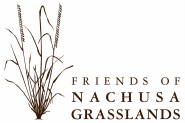

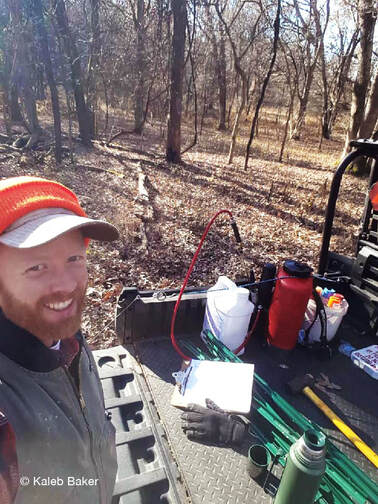
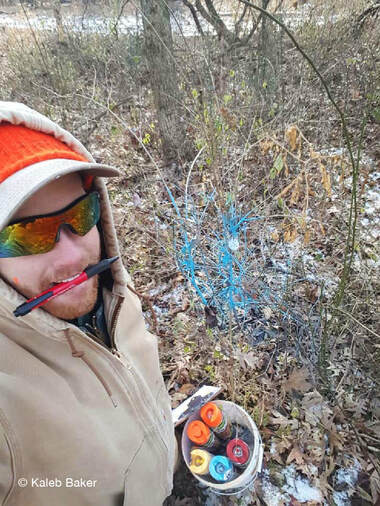
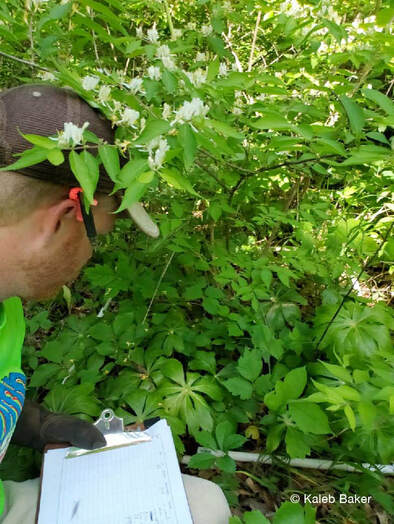
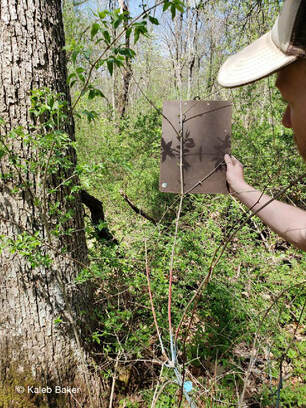
 RSS Feed
RSS Feed